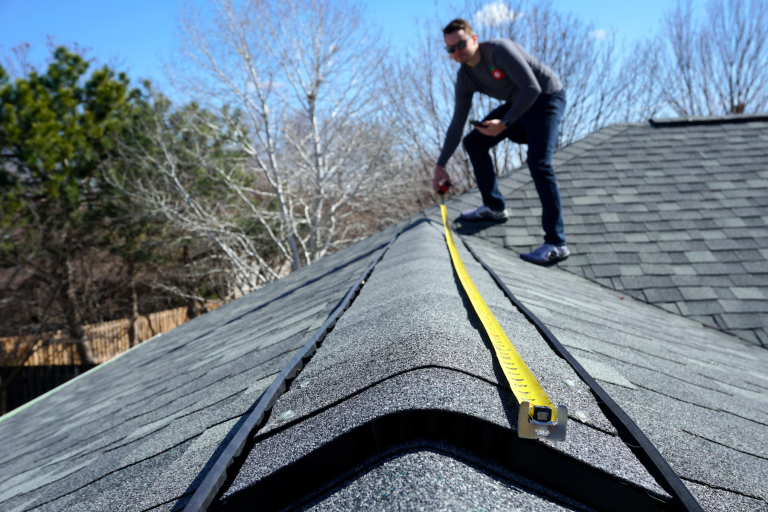Cold weather exposes every weakness in your roofing system. Overlooked flaws can quickly become expensive disasters. Winter conditions put extreme demands on your roof through temperature swings, moisture accumulation, and the sheer weight of snow and ice buildup.
A comprehensive roof inspection before winter arrives gives you the power to address vulnerabilities while conditions remain favorable for repairs. This preventive step protects your investment and spares you from emergency flat roof repair calls to contractors when storms have already caused damage and created dangerous living conditions.
Understanding Why Roof Inspections Are Critical Before Winter Weather Hits
Winter brings a unique combination of threats that test your roof’s resilience. Here is why pre-winter inspections matter:
- Temperature fluctuations cause expansion and contraction – Materials constantly expand in sunlight and contract when temperatures plummet. This movement opens seams, loosens fasteners, and creates gaps in the weatherproofing, allowing moisture to penetrate. Inspections identify these stress points before repeated freeze-thaw cycles worsen the damage.
- Existing moisture accelerates freeze damage – Water trapped in small cracks expands by nine percent when it freezes. This expansion force splits shingles, cracks flashing, and destroys sealants. Pre-winter inspections detect moisture intrusion that will multiply into serious structural damage once freezing begins.
- Snow load stresses weak structural points – Wet snow weighs approximately 20 pounds per cubic foot, and your roof must support the weight of accumulated snow. Inspections reveal compromised decking, weakened trusses, or inadequate support that could fail catastrophically under snow load.
- Ice dams form on unprepared roofs – heat escaping through your roof melts snow, which refreezes at the eaves, creating dams. These ice barriers force water backward under shingles and into your home. Inspections assess insulation, ventilation, and edge protection that prevent ice dam formation.
- Hidden damage becomes inaccessible – Once snow covers your roof, inspectors cannot access or evaluate the condition of your roofing materials. Problems continue to degrade throughout winter, and you won’t discover the extent of damage until spring reveals costly repairs.
- Emergency repairs cost substantially extra – Contractors charge premium rates for winter repairs because cold temperatures complicate installations and dangerous conditions increase risk. Finding available contractors during storm season is difficult because everyone faces the same emergencies simultaneously.
- Insurance claims require documentation – If winter storms damage your roof, insurance adjusters examine maintenance records. Regular inspection reports demonstrate responsible ownership and strengthen claims, while neglected roofs may face reduced coverage or claim denials.
- Energy efficiency drops with roof problems – Gaps, cracks, and damaged insulation allow heated air to escape through your roof. Your heating system works harder and costs more to maintain comfort. Inspections identify efficiency losses that impact utility bills all winter long.
- Small repairs prevent cascade failures – A single damaged shingle may seem insignificant until water penetrates the underlayment and saturates the insulation. Moisture spreads to adjacent areas, promotes mold growth, and damages ceilings. Inspections catch minor issues before they trigger expensive chain reactions.
Timing Your Roof Inspection Before Winter Weather Hits
Fall represents the ideal window for roof inspections because contractors maintain regular schedules and the weather remains cooperative for thorough evaluations. Vanity Roofing experts can safely access all roof areas, take detailed measurements, and provide accurate assessments of material conditions. They document findings with photographs and written reports that guide repair priorities.
Schedule inspections six to eight weeks before typical winter weather arrives in your region. This timeline provides sufficient time to complete the recommended repairs before contractors face seasonal backlogs and material shortages.

